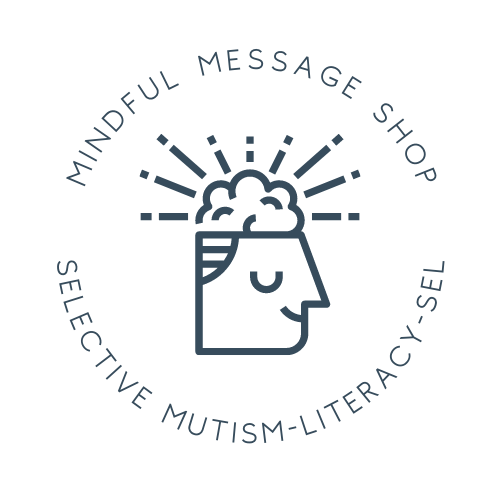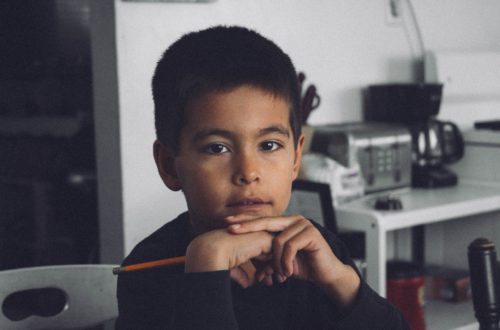-
What Are My Strengths? Individual & Group Activities for Social-Emotional Education in “My Strengths” Journal.
“What are my strengths?” is one of the most important questions to ask yourself because the answer to it may determine your life trajectory. Seemingly complicated for a child to answer, the question is worth asking. A simple response “I’m good at riding a bike” can not only be a reassurance of one’s strength in one particular area, but it may really push learners in your classroom to see the best sides of themselves and focus on interests and skills learner might have previously dismissed as ordinary and boring, thus reinforcing skill building, practicing and raising one’s self-image. How can you make sure every learner in a classroom or your…
-
What Mindfulness Is In a Classroom: Must-Have Activities.
When I think of what mindfulness is in a classroom, I think of the place where students are driven by their own goals and interests, are in charge of the creative space, believe and know they can tackle difficult things, support each other, and grow physically and emotionally. Mindfulness is that classroom vibe where a teacher facilitates, not dictates. Mindfulness is taking mental pauses and breaks for a teacher and students when the day gets tough. Mindfulness is being aware of the limitations and the possibilities for students and a teacher. Mindfulness is challenging the limitations and attempting bigger things following small, consistent steps. In fact, it’s pretty hard to…
-
How to Use Get To Know You Questions to Build Self-Awareness.
When a new school year begins, get to know you questions and activities become a prerequisite for building a strong classroom community. Even though it might seem unnecessary to spend time on get to know you questions and worksheets, the opposite is true. By being engaged with get to know you questions and activities, students develop strong bonds and robust connections and establish their place in and belonging to a social group. A teacher can design get to know you questions for purposeful communication in a classroom to teach various vital goals, such as allowing students to: talk about their interests discover their values reaffirm their strengths. Through simple but…
-
What Is Self-Awareness and How To Teach It?
What’s Self-Awareness? Growing emotionally, academically, and professionally from early ages and later in life is necessitated by the present-day world’s demands for strong social skills, emotional IQ, decision-making, deep thinking, and rethinking. Self-awareness, unlike other SEL competencies, has been taken on seriously because by nurturing self-awareness, we can identify our limitations and capabilities. Multiple self-awareness definitions testify to the inherent complexity of the construct. Because the self-awareness construct is hard to capture, measure, or detect, there is plenty of definitions for self-awareness depending on the field (ex. psychology vs. education) and the medium that presents the information (blogs vs. scientific articles vs. dictionary). According to the APA Dictionary of Phycology, self-awareness is “self-focused attention…










